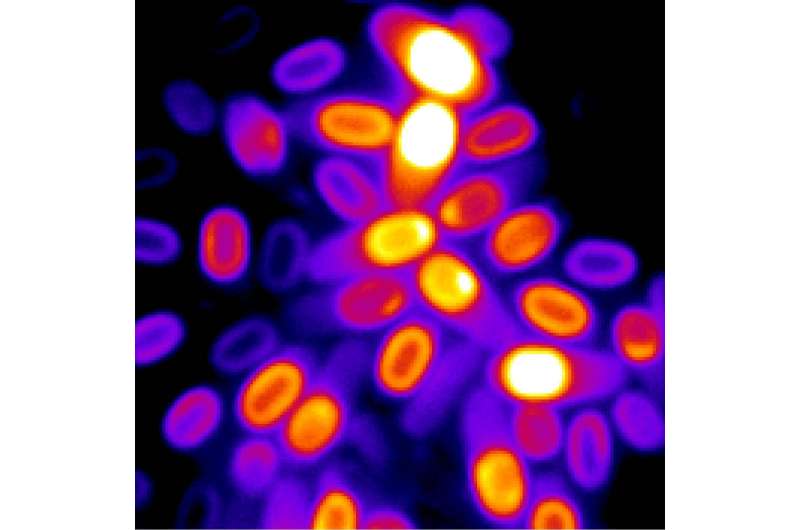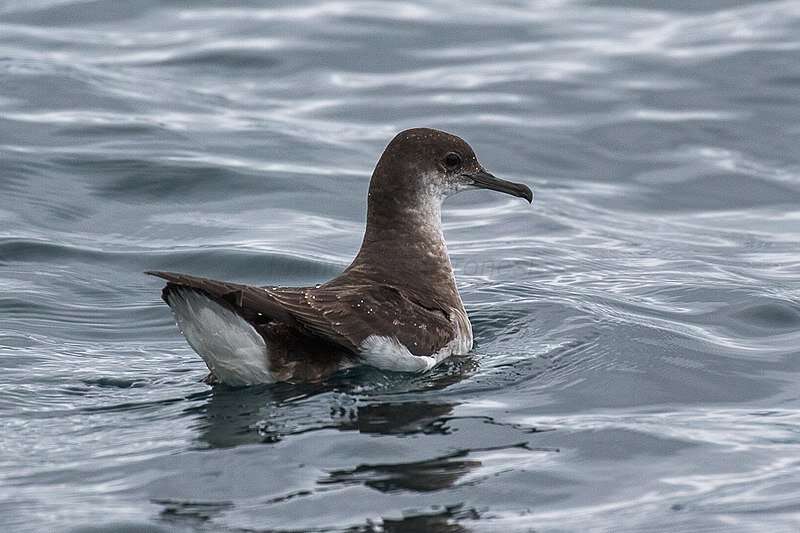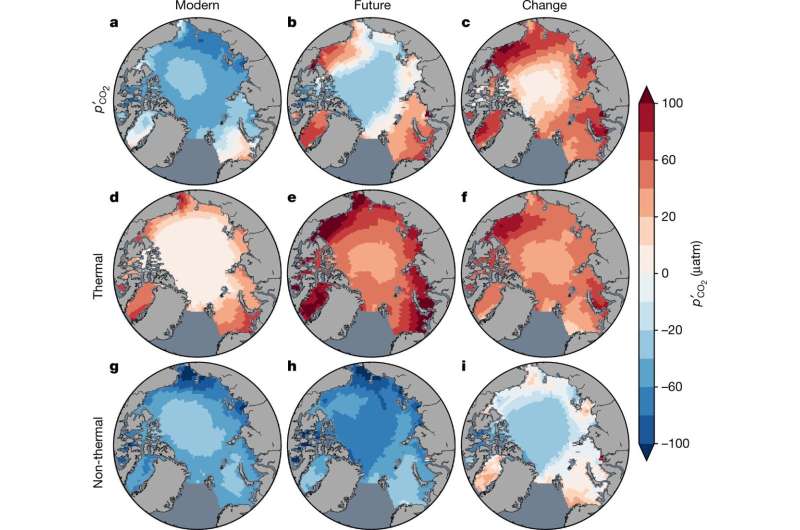How should the world's governments respond if we detect an alien civilization?

Science fiction is the realm where people traditionally wrestle with the idea of contact with an ETI (Extraterrestrial Intelligence.) But now, those discussions are migrating from science fiction into more serious realms. Academics are going back and forth, one paper at a time, concerning the response and geopolitical fallout from potential contact with an ETI.
The discussion is interesting whether you think it's likely or even remotely possible that humanity ever contacts an ETI. And it might tell us more about humanity than it does about an ETI.
A new paper titled "Geopolitical Implications of a Successful SETI Program" is the latest salvo in the back and forth among professional thinkers. The paper's three authors are associated with institutions including NASA, the Penn State ETI Center, the Department of Philosophy at Spring Hill College, and Harvard Law School. The lead author is Jason T. Wright from Penn State University. The paper's been accepted for publication by the journal Space Policy, and it's currently available on the pre-print site arXiv.org.
This paper is a response to a previous article published in 2020 called "The Search for Extraterrestrial Intelligence: A Realpolitik Consideration." That paper was also published in the journal Space Policy, bringing a new emphasis to the discussion around potential contact with an ETI. The authors are Kenneth Wisian and John Traphagan. Wisian is from the Center for Space Research at the University of Texas, and Traphagan is from the Department of Religious Studies and Program in Human Dimensions of Organizations, also at the University of Texas. We'll refer to their paper as WT 2020.
In WT 2020, the two authors pointed out that much of the thinking around ETIs is centered on the risks of Searching for Extraterrestrial Intelligence (SETI) and Messaging an Extraterrestrial Intelligence (METI.) What if the ETI is technologically advanced and menacing? What if they're like conquistadors or something? Stephen Hawking expressed this fear well in 2010 when he said, "Such advanced aliens would perhaps become nomads, looking to conquer and colonize whatever planets they could reach."
Those types of invading aliens make millions of dollars for Hollywood, but the authors of WT 2020 focused on a different risk, one which doesn't garner as much attention. What's that risk? "Specifically, the risk of merely detecting an alien signal from passive SETI activity is usually considered to be negligible," they write.
What's so risky about merely detecting a signal? Us and our realpolitik.
If you're unfamiliar with the term realpolitik, history is full of examples. Merriam-Webster defines realpolitik as "Politics based on practical and material factors rather than on theoretical or ethical objectives." In WT 2020, the authors use this definition of realpolitik from historian John Bew: "…the view of interstate relations where 'the notion that the state could be regulated or controlled by law [is] flawed' and that 'power obey[s] only greater power.'"
Realpolitik is the down-and-dirty, nitty-gritty politics between political groups, usually nations. Realpolitik is separate from the oration political leaders use in elections and public-facing situations, where leaders use political theater to sway the populace and advance their causes. Realpolitik is about the mechanics of power in our world.
A great example of realpolitik comes from World War 2. The American President Roosevelt and the British Prime Minister Churchill played nice with Stalin and Russia. They called Stalin an ally, shook his hand and smiled when they met with him. They needed Stalin to continue to fight and weaken Hitler, and the Americans even sent a steady stream of supplies to Russia to enable their war effort. All good on the surface, as this famous clip from the Yalta Conference shows. At the 2:35 mark, we can watch the three leaders make nice with each other.
But behind the scenes, realpolitik spun a different web. Churchill and Roosevelt needed Stalin to help win the war, and Stalin knew that. Stalin promised democratic elections for Poland after the war because he needed the allies to help him beat Germany. He backtracked on that as soon as the war ended, occupied Poland and other countries, and Russia and the West became open enemies. That's all realpolitik, and Stalin practiced it well.
But that was long ago, and the world was at war. Why is it relevant to our more modern age and the potential contact with an ETI?
Because human nature hasn't changed.
If we passively detect a signal from an ETI, it could be troubling for religious people. Their worldview could be severely threatened, and there may be some significant upheaval in religious countries or even religious extremist violence. But it would die down, the thinking goes, and people would return to their daily lives. It would be revolutionary for scientists, but most people would move on with their lives. That's how the WT 2020 paper sums up the thinking. But how would nations and their political leaders react?
But whenever nations are vying with one another, there will be some measure of realpolitik. And when it comes to contact with an ETI, monopolizing that contact presents potential benefits for the nation that monopolizes it. "The history of international relations viewed through the lens of the realpolitik tradition of realist political thought suggests, however, that there is a measurable risk of conflict over the perceived benefit of monopoly access to ETI communication channels," the authors write in WT 2020. "This possibility needs to be considered when analyzing the potential risks and benefits of contact with ETI."
For Wisian and Traphagan, the danger lies in what we might do to ourselves.
Any ETI would likely have an enormous technological advantage over us, and as long as the ETI wasn't malicious, that advantage presents an opportunity to nations. If a government monopolizes communications with the ETI, it could gain a technological edge. Imagine China, Russia, or the U.S. coveting that technological advantage. Or North Korea, Iran, etc. This is the realpolitik lens that the authors are examining. It could lead to conflict or other undesirable consequences.
In WT 2020, the authors say that realpolitik considerations should be important in planning for successful passive SETI. They make several recommendations. They suggest that scientists working in SETI form supportive relationships with local law enforcement, strengthen the perimeters and security of their institutions, and strengthen personnel security for scientists and their families. The WT 2020 authors also suggest that observational facilities like radio telescopes adopt security measures similar to those of nuclear power plants.
But the new paper, which is a rebuttal to the WT 2020 paper and their realpolitik concerns, doesn't see these security actions as helpful. They also disagree that it's likely any nation could somehow monopolize communications with an ETI.
"While we do not dispute that a realpolitik response is possible, we uncover concerns with W&T's presentation of the realpolitik paradigm," the authors write. They say there are flaws in the WT 2020 analysis and that "… sufficient reason is not given to justify treating this potential scenario as action-guiding over other candidate geopolitical responses."
If a realpolitik response does come into play, it could be the most relevant response. The new paper's authors agree with that much but show that "… it is highly unlikely that a nation could successfully monopolize communication with ETI." The more realistic threat is that a nation thinks it could monopolize communications.
The authors criticize other aspects of the WT 2020 realpolitik scenario, too. For example, if it's a western democracy that detects a signal, could it monopolize it? Unlikely, according to the authors, since western science is well-integrated internationally. Our most powerful observatories have multiple nations and institutions as partners, so monopolization seems doubtful. The scientific community runs on openness, not informational protectionism.
The authors also criticize the sample contact scenario in WT 2020. WT 2020 contends that contact that seems trivial to an ETI could contain valuable technical information that could be useful to a monopolizing nation. This is unlikely. "That this could happen is not obvious at all. First of all, science is cumulative and nonlinear: for a new insight to be useful, we must first have the appropriate scientific context to understand it," they write. Could medieval scholars make use of a textbook on nuclear weapons design? If they could understand it, could they act on it? Not likely, according to the authors, and the same is true of advanced technological information from a highly-advanced ETI.
Also, what specific technological advantage could be gained? We already have enough nuclear weapons to destroy civilization. We have bioweapons, too. Could an ETI unintentionally share information that could allow the monopolizer to build some sort of super-weapon? According to the authors, this is drifting into the realm of science fiction and leaving realpolitik behind.
For the authors, the best way to prevent state actors from even thinking they may gain a monopoly is through openness rather than stricter security and state policing measures. In fact, the measures urged in WT 2020 could precipitate precisely what they're trying to avoid: a realpolitik nightmare.
In their new paper, the authors explain this clearly: "Finally, it is important that implementing extensive security protections in the SETI and METI fields could itself cause the very problems W&T warns about. The existence of hardened facilities and locked-down information flows could itself be interpreted by outsiders as evidence that some world-altering activity was occurring within that community or facility, thus leading to exactly the kind of espionage and conflict that W&T are trying to avoid in the first place, even if nothing had actually been discovered."
There's some agreement between the papers about the risks inherent in contact. "W&T's legitimate worry is that the mere perception of an information monopoly could be enough to generate dangerous conflict," the authors of the new paper write. History shows us that antagonistic nations can be paranoid, engage in saber-rattling, and even launch pre-emptive strikes if they think they're in danger. With all the unknowns around potential contact with an ETI, the worry and fear would be more difficult for some societies to bear than others. There would be flashpoints.
Another point of agreement concerns the security of scientists working on contact with an ETI. "However, even if we have good reason to avoid extensive security protections of facilities per se, there remain other reasons to enact security measures meant to protect the SETI practitioners themselves, especially in the event of detection," the authors write. These scientists could very well become targets of harassment and even assault. There are a lot of crazies out there, as the COVID pandemic showed us, and a rising tide of anti-science thinking.
In their conclusion, the authors say that "… a realpolitik response to a contact scenario is worth considering, but we maintain that it is just one of the various candidate post-contact responses that merit consideration."
They suggest that there are much better alternatives and involve responses "… that might generate cohesion or greater collaboration at the level of international relations."
They also say that the WT 2020 paper relies on the premise that political leaders will misperceive the potential for contact with an ETI to be manipulated by another state. While that fear isn't unfounded, according to the authors, and it needs to be considered, the authors of this paper disagree with the recommendations given in WT 2020.
What do they suggest the world should do when we contact an ETI?
Instead of hardening security at SETI sites, the authors "… recommend transparency,
data sharing, and education of policymakers."
Imagine that. It doesn't make for good science fiction, but it might prevent us from struggling with each other.

.png)




